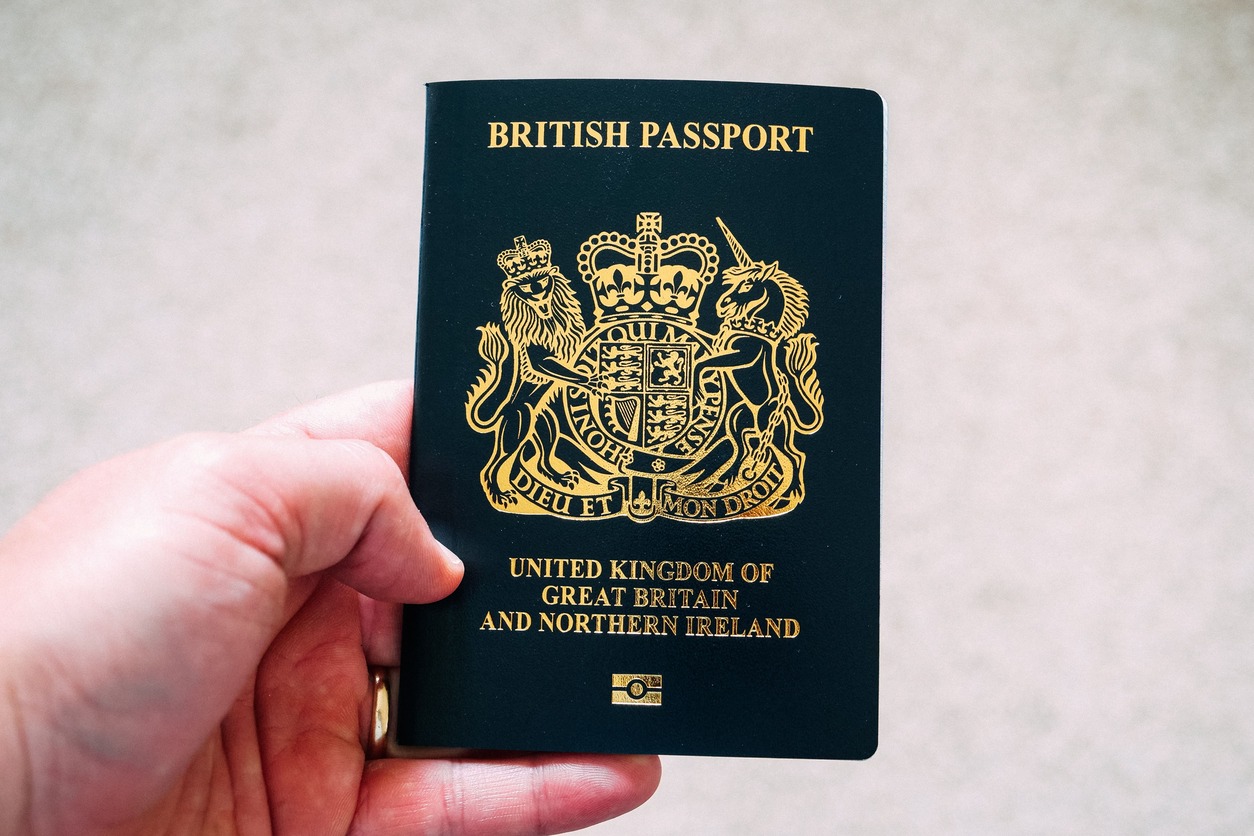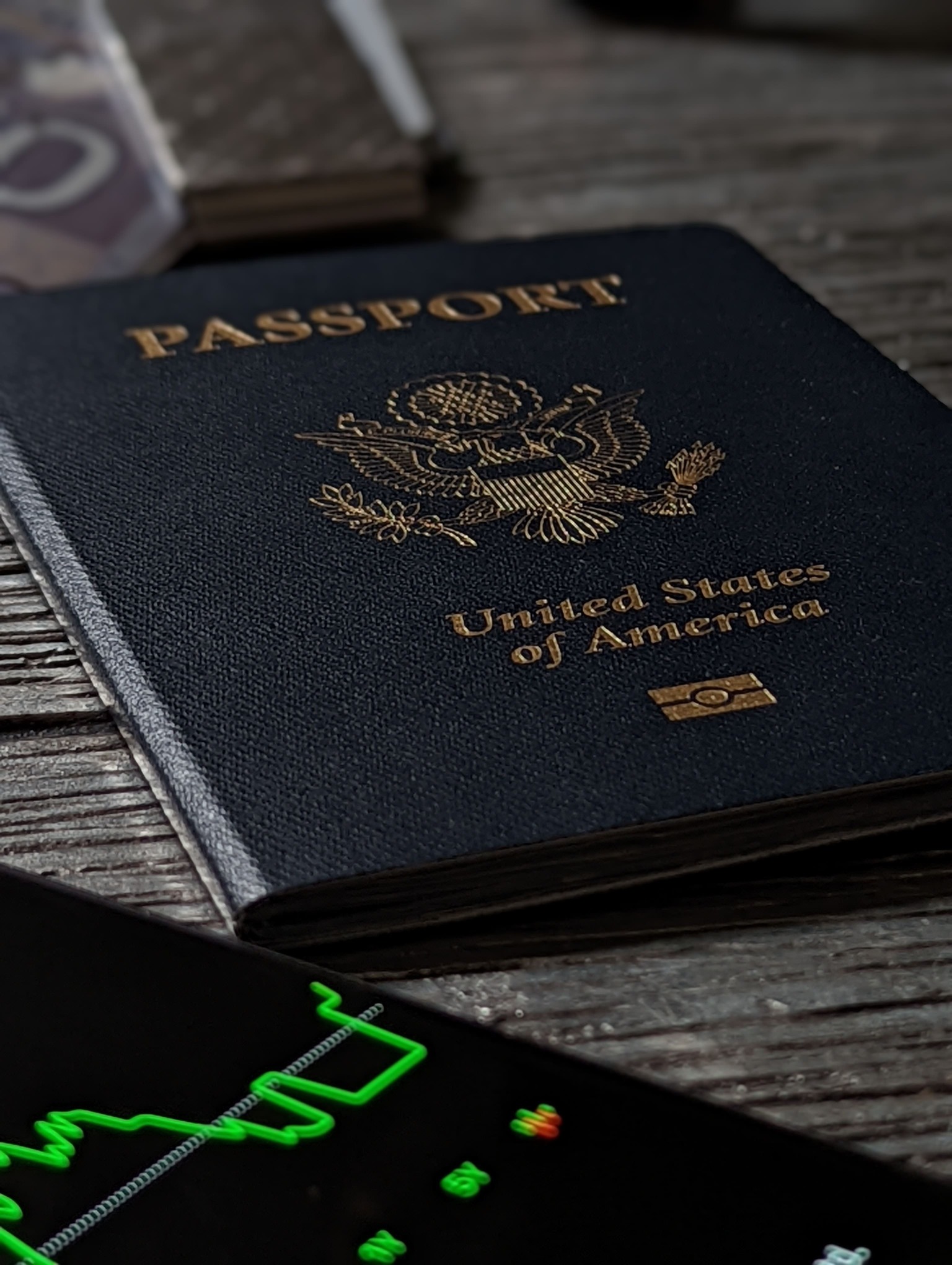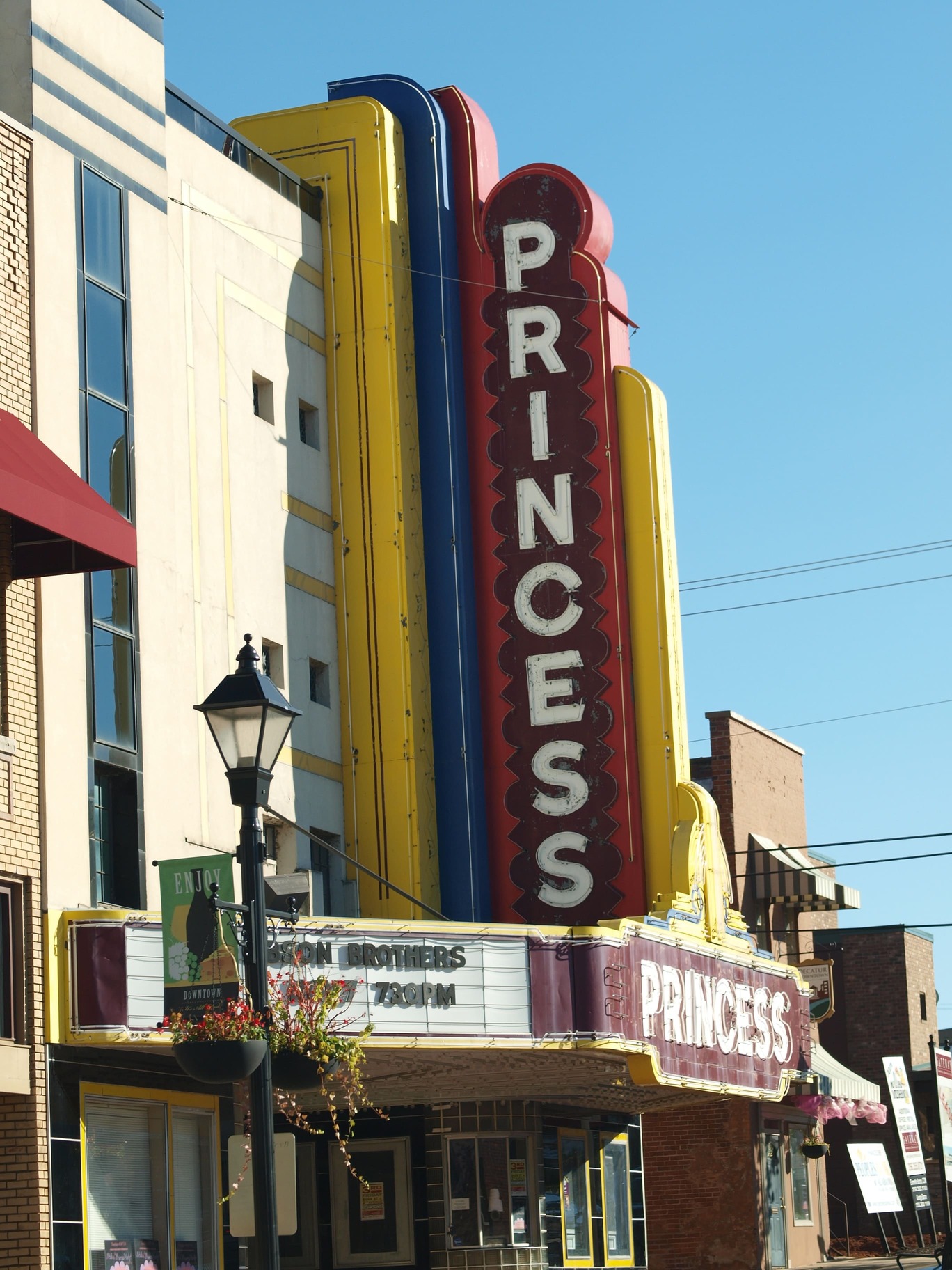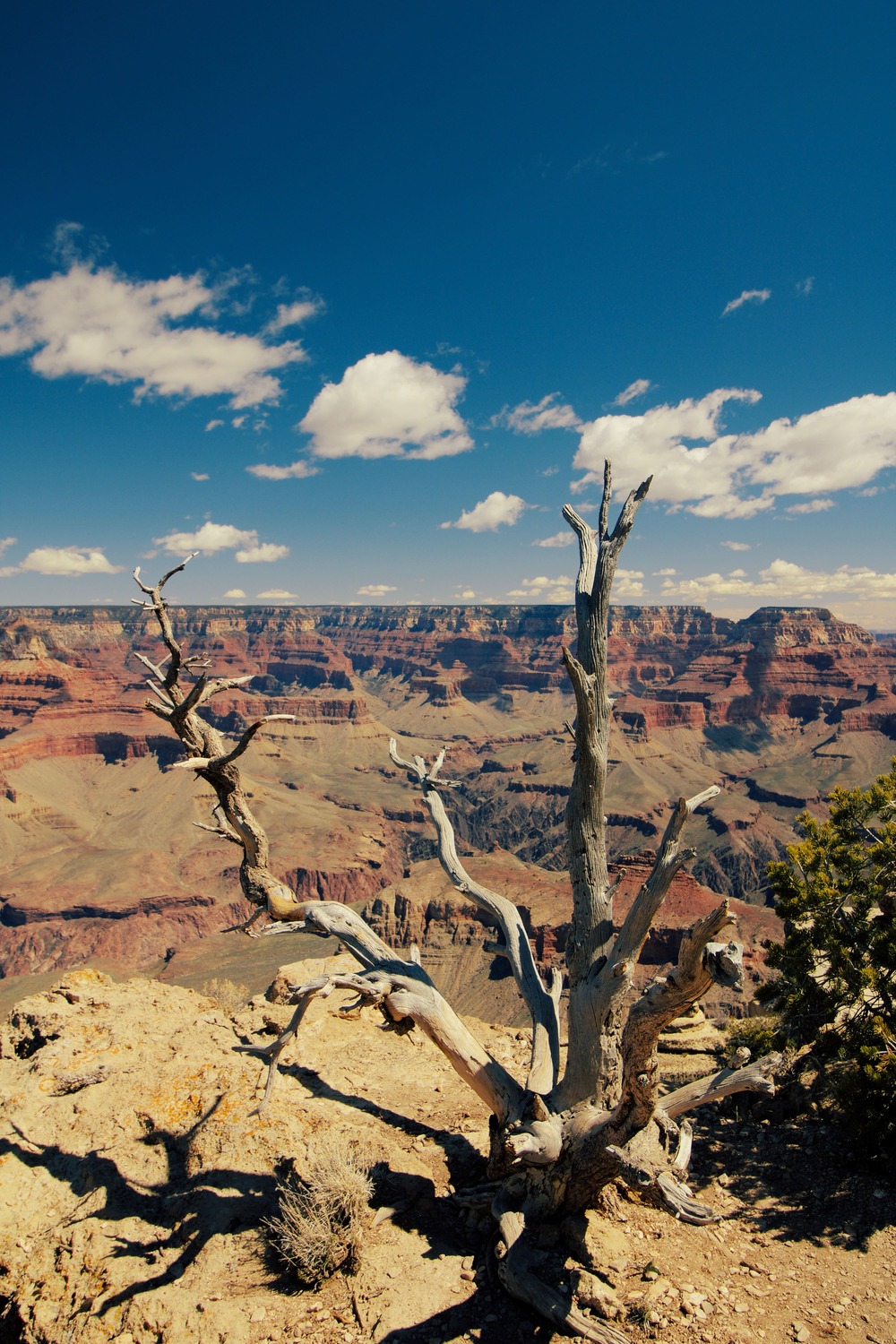- January 5, 2026
Info
Exploring Alaska: The Last Frontier in Modern Living
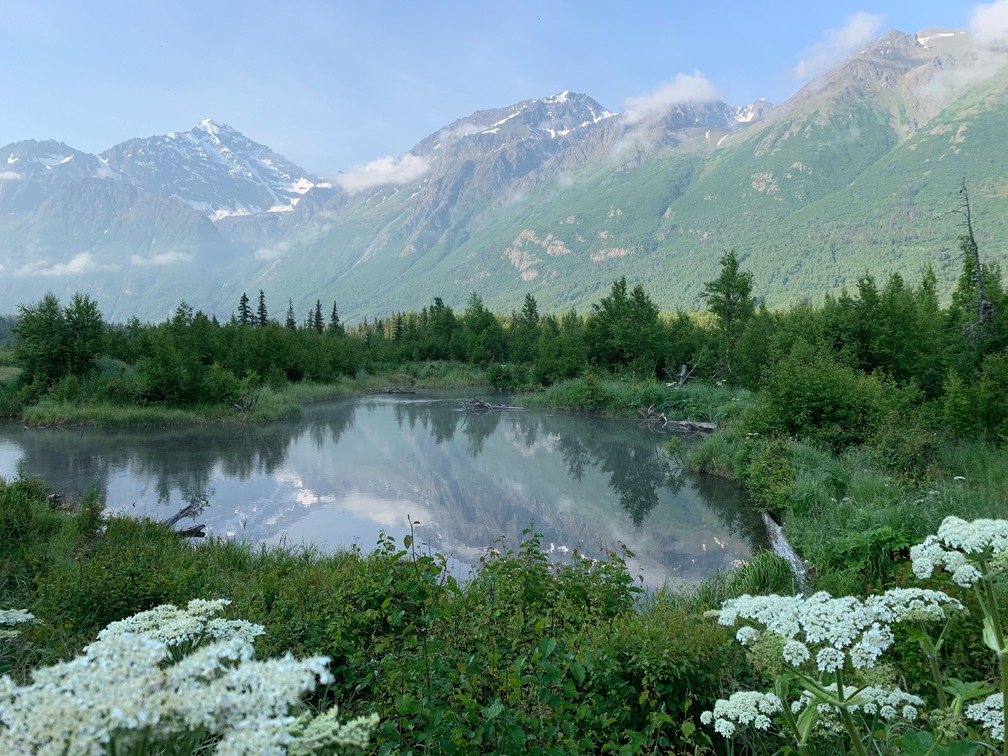
When one thinks of Alaska, it's easy to conjure images of pristine wilderness, majestic wildlife, and perhaps even harsh, icy landscapes. However, Alaska is also home to several cities, with Anchorage being its most populous and the state’s unofficial capital. While Juneau is the official capital, it is relatively isolated, reachable only by boat or plane. Fairbanks, another significant city, serves as the gateway to the arctic interior. These urban spaces offer a contrast to the rugged beauty that surrounds them.
Beneath the Northern Lights: Alaska’s Unique Climate
Alaska's vastness brings a myriad of climates, from the subarctic in Fairbanks to oceanic in parts of Anchorage. Residents endure cold winters and mild summers, often with extended daylight hours, thanks to its northern latitude. In contrast, the long, dark winters can be a challenge but also offer the spectacle of the Northern Lights.
Urbanization in the Last Frontier
Contrary to popular belief, Alaska is not all wilderness. Anchorage is a bustling city with skyscrapers, shopping malls, and an international airport. As of the 2020s, the city is experiencing a growth spurt, thanks in part to its appeal among young professionals seeking opportunities in sectors like oil, fishing, and tourism. Nearby cities like Eagle River and Palmer function as significant suburbs.
Living Expenses: The Price for Paradise
Life in Alaska comes with a cost. Due to its remote location, many goods have to be shipped in, driving up prices. Anchorage has an average rent price of around $1,200 for a one-bedroom apartment. Fairbanks is slightly cheaper but not by much. Wages tend to be higher to compensate for the cost of living, with average salaries in Anchorage around $60,000 per year.
Getting Around: A Mix of Modern and Traditional
While Anchorage offers a public bus system and even bike lanes for the summer months, many residents opt for cars or even personal airplanes for more remote travel. Juneau relies on ferries and boats for intercity travel, given its unique geography. Fairbanks, being the gateway to the arctic, provides various transportation modes, including a robust bus system.
A Closer Look at the Population
Alaska is one of the least populous states but is diverse, housing a significant number of Native Alaskans. The state has also seen an influx of people from various ethnic backgrounds, adding to its cultural richness.
The Tax Story: Surprisingly Light
One of the financial benefits of living in Alaska is the absence of state income tax and sales tax in many areas, including Anchorage. However, some cities like Juneau do impose a local sales tax. Additionally, Alaska pays its residents an annual dividend from its oil revenues, known as the Permanent Fund Dividend, which can range from $1,000 to $2,000 per person.
Final Thoughts: More Than Meets the Eye
From the arctic plains of Fairbanks to the coastal charm of Juneau, Alaska offers a lifestyle that is both rugged and surprisingly modern. Whether it’s the allure of outdoor adventures or the promise of a unique urban experience, Alaska is more than its stereotypes. With a diverse population, expanding job market, and fascinating cities, Alaska truly lives up to its name as "The Last Frontier."
Comments
No comments to display
Related Articles
Footer menu
© 2023. Benefit IT LTD. VAT: BG 204952799
All Rights Reserved
